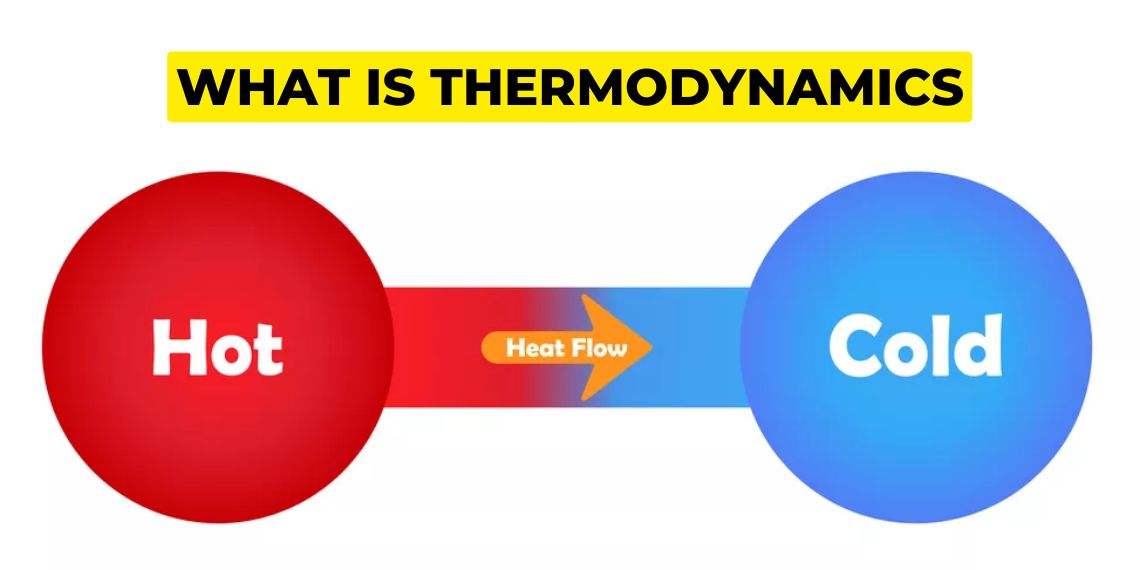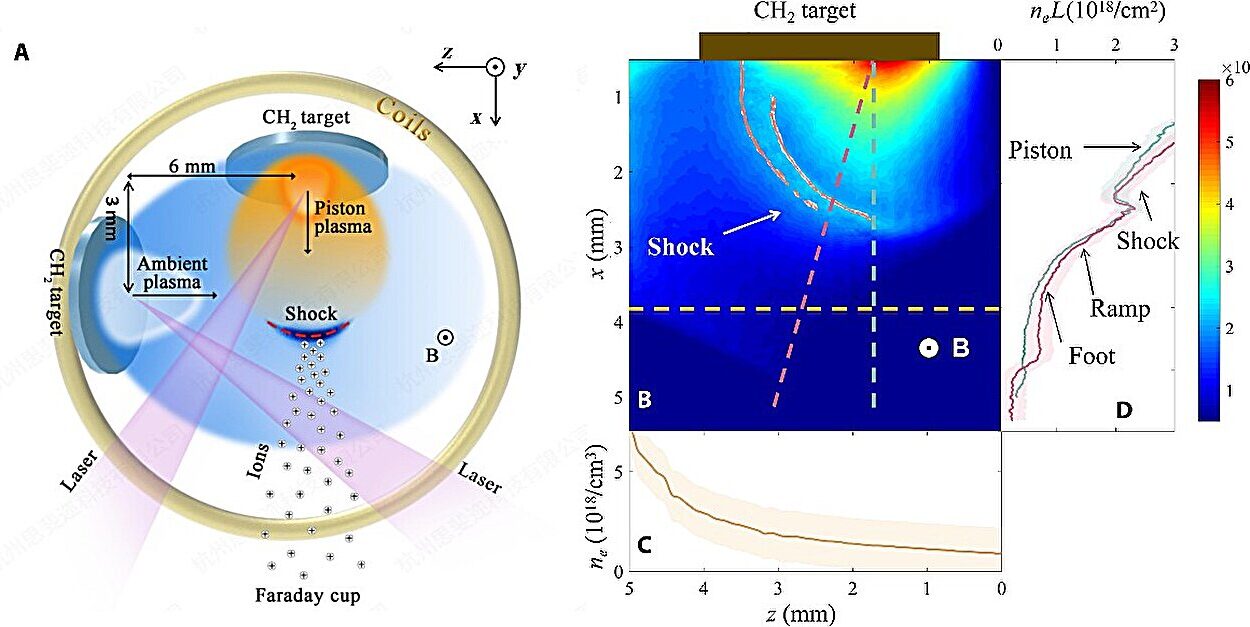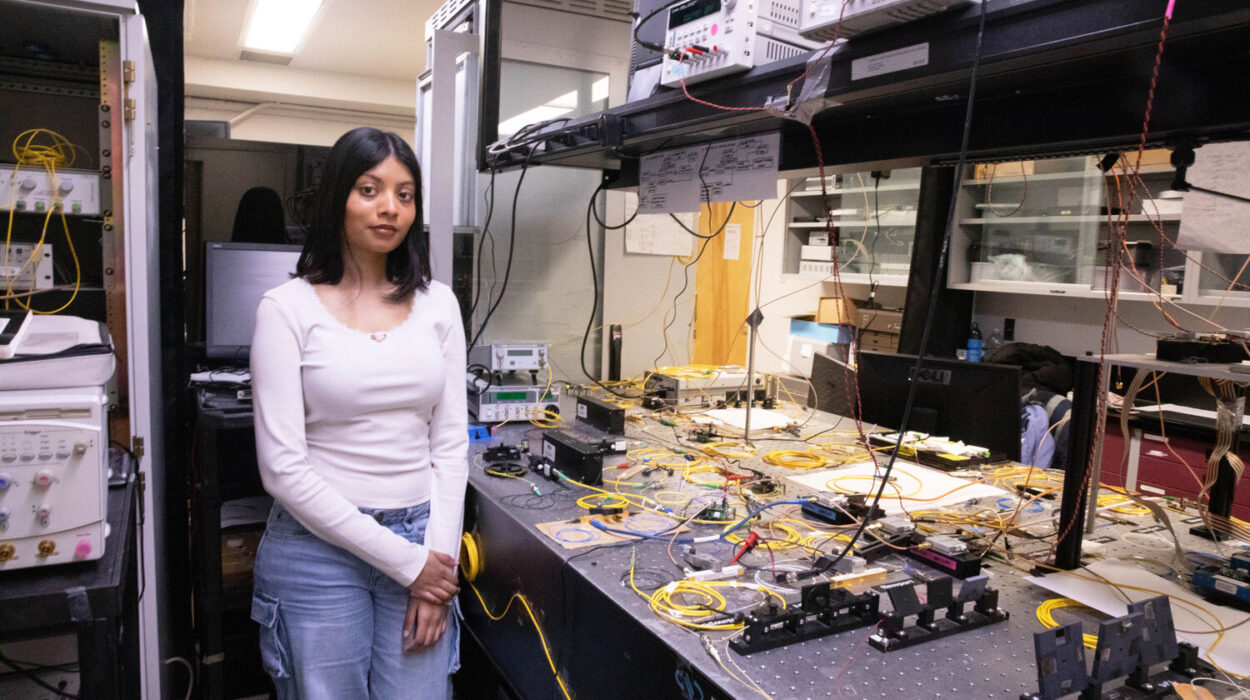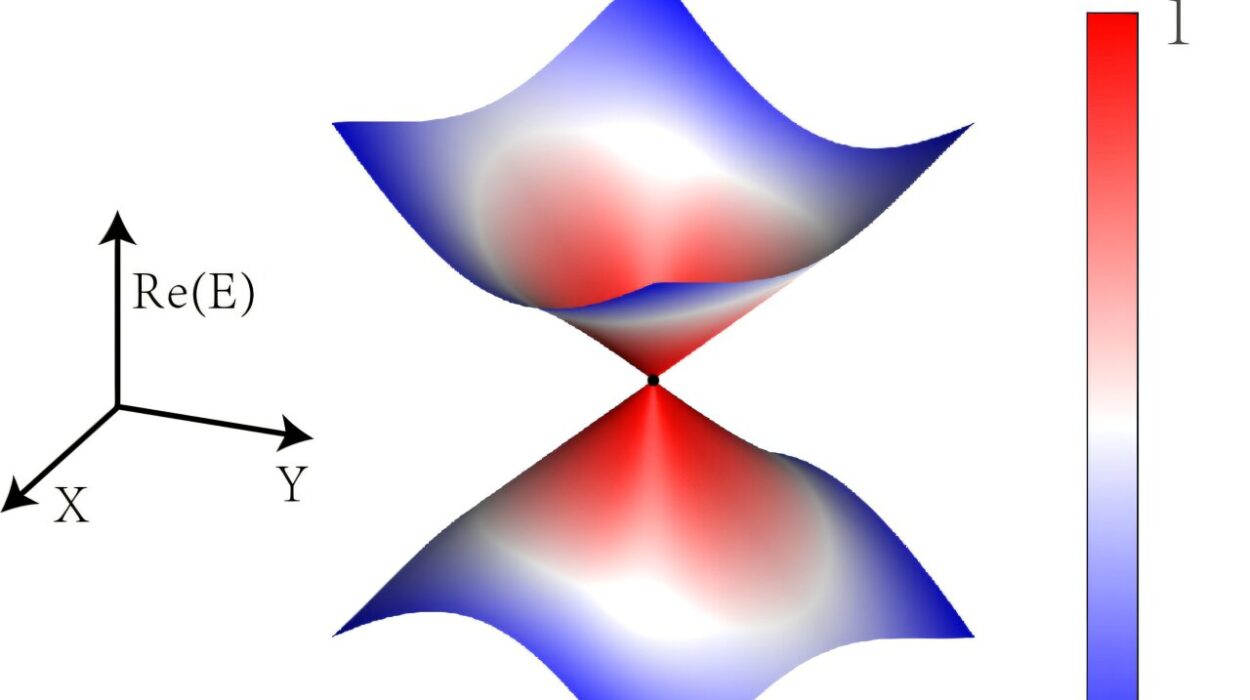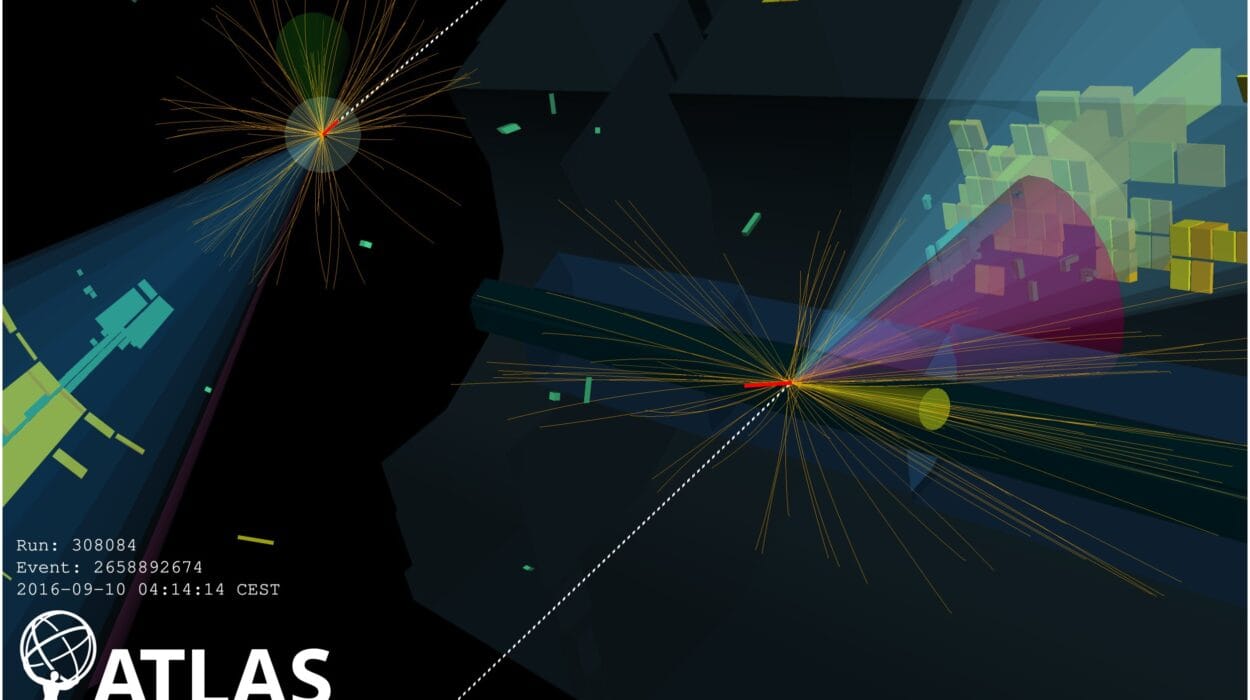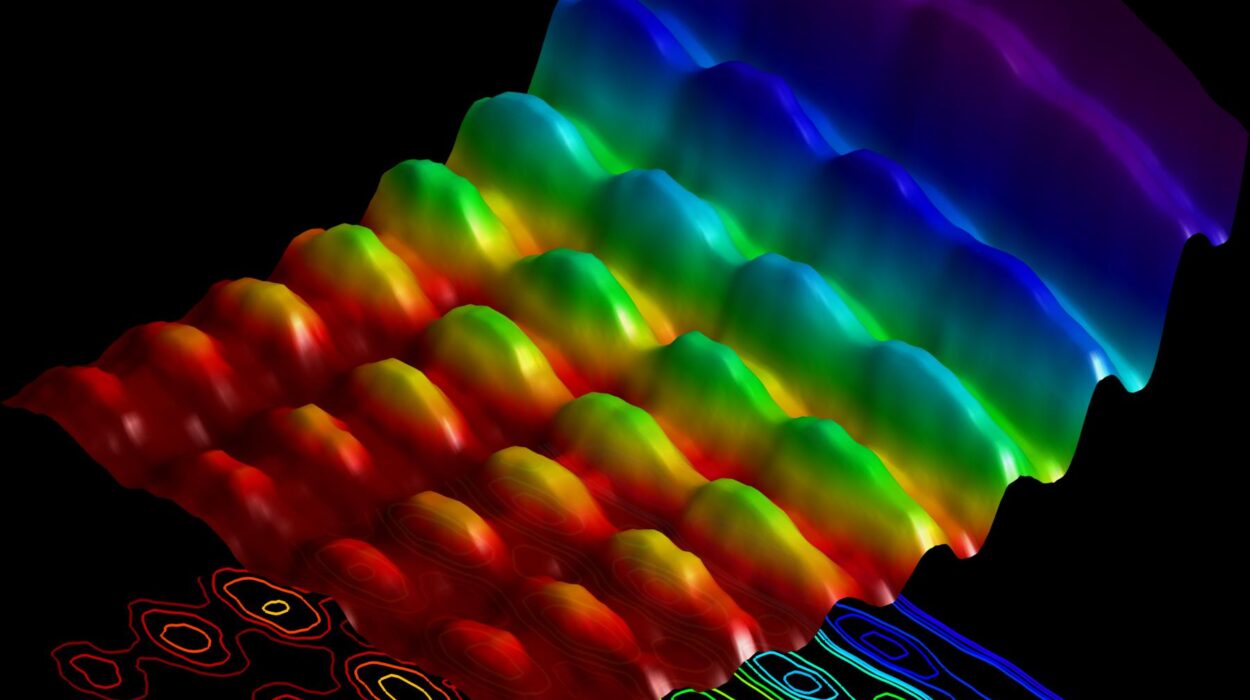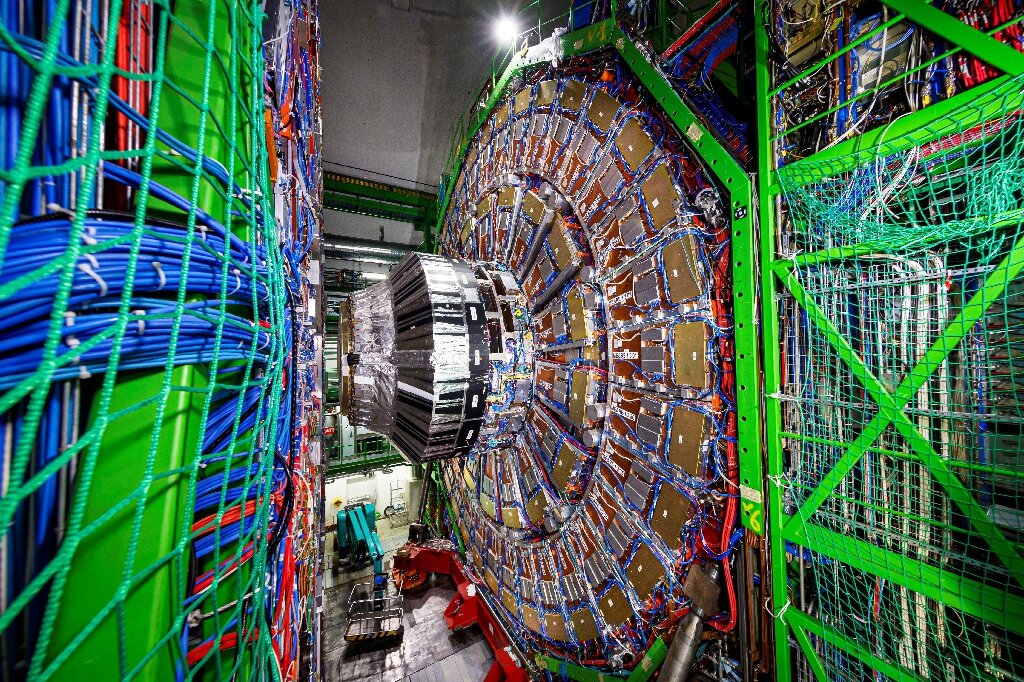Imagine a world where nothing ever changes. No fire ever burns, no engines ever run, no ice ever melts, and no stars ever shine. That world would be one where thermodynamics does not exist. Fortunately—or perhaps unfortunately for some—our universe is governed by one of the most powerful and inescapable sets of rules ever discovered: the laws of thermodynamics. These laws aren’t just a footnote in physics textbooks; they are the silent architects behind everything from the rise of civilizations to the birth of galaxies.
At its core, thermodynamics is the study of heat, energy, and their transformations. But beyond the technical language lies a story of order, chaos, and an ongoing cosmic tug-of-war between the two. These laws determine how engines convert fuel into motion, how refrigerators keep our food fresh, and why perpetual motion machines remain the stuff of fantasy. Even the fate of the universe hinges on them.
In this article, we will journey through the fascinating terrain of thermodynamics, starting with the basics and diving deep into each law. You don’t need a PhD in physics—just curiosity, an open mind, and maybe a cup of coffee (whose cooling rate is, yes, governed by thermodynamics too). Let’s unlock the secrets of the energy that powers our lives.
What Is Thermodynamics, Really?
The term “thermodynamics” comes from the Greek words therme (heat) and dynamis (power), which makes sense given the field’s focus on the movement and transformation of energy. At its heart, thermodynamics is about systems—collections of matter and energy—and how they interact with their surroundings. Whether it’s a cup of tea cooling on a table or a supernova erupting in deep space, thermodynamics tells us what can happen, what will happen, and what must happen.
It isn’t just about heat either. Thermodynamics deals with all forms of energy—chemical, mechanical, electrical, and even nuclear. What makes it so powerful is that it doesn’t care whether you’re working with steam engines or black holes. The same rules apply everywhere.
A key concept in thermodynamics is the “system,” which is the part of the universe we’re focusing on. Everything outside the system is its “surroundings.” Systems can be closed, open, or isolated, depending on whether they exchange matter and energy with their surroundings. Understanding these distinctions helps us grasp how energy flows and transforms.
The Zeroth Law: The Unsung Hero of Thermodynamics
It may seem odd to start with the “zeroth” law, but thermodynamics didn’t always come neatly labeled. This law was added after the others were already numbered, but it’s so fundamental that it deserved a spot at the very beginning.
The Zeroth Law states: If two systems are each in thermal equilibrium with a third system, then they are in thermal equilibrium with each other.
It sounds simple, but this principle is what allows us to define temperature in the first place. Without the zeroth law, we wouldn’t know that a thermometer can reliably measure the temperature of another object by reaching equilibrium with it. If you’ve ever used a thermometer, you’ve benefited from this law—whether you knew it or not.
In essence, the Zeroth Law lays the foundation for the concept of temperature. It’s the reason we can trust that 98.6°F means your body is doing just fine, and why we know when to turn down the heat on a summer day.
The First Law: You Can’t Get Something from Nothing
Now we arrive at the first, and perhaps most intuitive, law of thermodynamics. The First Law is often summed up by the phrase: Energy cannot be created or destroyed, only transformed from one form to another.
This is the principle of conservation of energy, and it’s the closest thing physics has to a financial statement. If energy goes into a system, it has to show up somewhere—whether as heat, motion, chemical bonds, or some other form. You can’t make energy appear out of nowhere, and you can’t make it vanish into thin air.
Let’s say you eat a slice of pizza. Your body digests the carbohydrates, fats, and proteins, breaking them down and converting their chemical energy into motion (when you walk), heat (your body temperature), or stored fat (for later use). Not a single joule of that energy disappears—it’s simply repurposed.
In mathematical terms, the First Law is often written as:
ΔU = Q – W
Where ΔU is the change in internal energy of the system, Q is the heat added to the system, and W is the work done by the system.
This law is why perpetual motion machines of the first kind—those that supposedly create energy from nothing—are impossible. It also forms the foundation of all engine designs, from steam locomotives to jet turbines. No matter how efficient an engine is, it can only convert energy—it can’t make it out of thin air.
The Second Law: The Tyrant of Irreversibility
If the First Law is about conservation, the Second Law is about direction. It tells us that while energy is conserved, not all of it is usable. More importantly, it introduces the idea of entropy, a concept that strikes fear (or at least awe) into the heart of every physics student.
The Second Law states: In any energy transfer or transformation, the total entropy of a closed system will always increase over time.
Entropy is often described as a measure of disorder, but that’s a simplification. Technically, it’s a measure of the number of ways a system can be arranged—its microscopic configurations. High entropy means more randomness, more chaos.
Think of a tidy room. There are only a few ways for it to be perfectly organized, but countless ways for it to be messy. So naturally, over time, the room tends toward disorder—unless someone expends energy to clean it. That’s entropy at work.
This law explains why heat flows from hot to cold, why ice melts in a warm room but never un-melts spontaneously, and why time only moves forward. It’s the reason our coffee cools instead of heating itself, and why batteries eventually run out of juice.
The Second Law also introduces the concept of irreversibility. Once a process increases entropy, you can’t simply reverse it without adding more energy. It’s the cosmic reminder that everything has a cost, and there’s no such thing as a free lunch.
The Third Law: The Bottom of the Thermodynamic Barrel
The Third Law of Thermodynamics takes us to the coldest place imaginable: absolute zero, or 0 Kelvin (-273.15°C). The Third Law states: As a system approaches absolute zero, the entropy of the system approaches a constant minimum.
At absolute zero, molecular motion theoretically stops. No movement, no heat, no disorder. In this state, entropy hits its floor. But here’s the catch: reaching absolute zero is impossible. No matter how close we get, we can never completely eliminate all energy and motion.
Why? Because removing that last sliver of heat would require an infinite amount of energy, which violates the very laws of thermodynamics. It’s a paradox: the closer we get to perfection, the harder it becomes to achieve.
The Third Law has practical implications too. It explains why certain materials become superconductors at very low temperatures—electrons move without resistance, entropy is minimized, and strange quantum behaviors emerge.
It also adds the final nail in the coffin for perpetual motion machines of the third kind—those that would supposedly operate at 100% efficiency by eliminating all waste heat. Thermodynamics simply won’t allow it.
Thermodynamics in the Real World: From Engines to Ice Cream
Now that we’ve explored the four core laws, let’s see how they shape the world around us. Thermodynamics is not just the realm of theoretical physicists—it governs everyday life.
Consider your car engine. It burns gasoline, converting chemical energy into mechanical work. The First Law tells us the energy isn’t lost—just transformed. The Second Law says some of that energy must be lost as heat; the engine can never be 100% efficient. The Zeroth Law ensures the temperature readings from your dashboard are meaningful. And the Third Law looms in the background, reminding engineers that materials behave differently at very low temperatures.
Or take something as simple as making ice cream. The mixture is cooled using salt and ice, which lowers the freezing point through an endothermic reaction. The First Law accounts for the energy absorbed. The Second Law governs the direction of heat flow. Without thermodynamics, we’d be left with warm cream instead of a delicious dessert.
Even our own bodies are thermodynamic machines. We consume food, metabolize it, and produce energy, heat, and waste. Exercise increases our metabolic rate, producing more heat, which we dissipate through sweating. The balance of energy in and out determines weight gain or loss. We are walking, talking examples of the First and Second Laws in action.
Entropy and the Arrow of Time
One of the most profound implications of thermodynamics is its connection to time. Physics, in general, doesn’t care about the direction of time. The equations work the same whether time moves forward or backward. But the Second Law introduces asymmetry. Entropy increases with time, and that gives time its direction.
We never see shattered glass spontaneously reassemble, or smoke return into a cigarette. These processes are irreversible because they involve massive increases in entropy. This “arrow of time” emerges not from mechanics, but from thermodynamics.
This is why some physicists argue that the flow of time itself is a thermodynamic phenomenon. The universe began in a low-entropy state and has been evolving toward higher entropy ever since. Time, in this view, is simply the story of increasing disorder.
The Cosmic Thermodynamics: Heat Death and Beyond
What happens when the entire universe obeys thermodynamic laws? The picture gets mind-bending. As stars burn their fuel and galaxies age, the universe slowly loses usable energy. Eventually, it may reach a state of maximum entropy—a bland, uniform soup of particles and radiation where nothing more can happen. No stars, no planets, no life.
This bleak scenario is known as the “heat death” of the universe. It’s the ultimate thermodynamic endgame. All energy becomes evenly distributed, and all processes cease. The universe doesn’t explode or collapse—it just… fades into thermodynamic oblivion.
Yet, even in this grim forecast, there’s a strange kind of beauty. The same laws that govern a pot of boiling water also dictate the fate of the cosmos. Thermodynamics is the common thread between the mundane and the magnificent.
